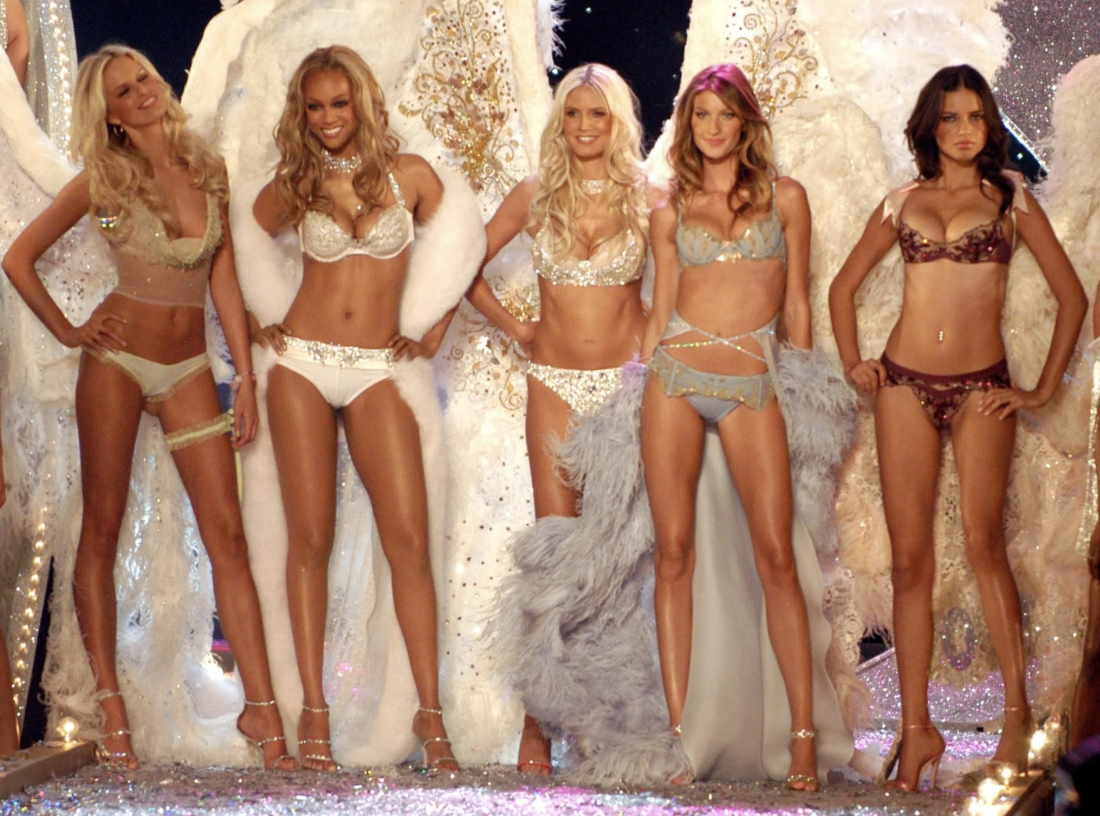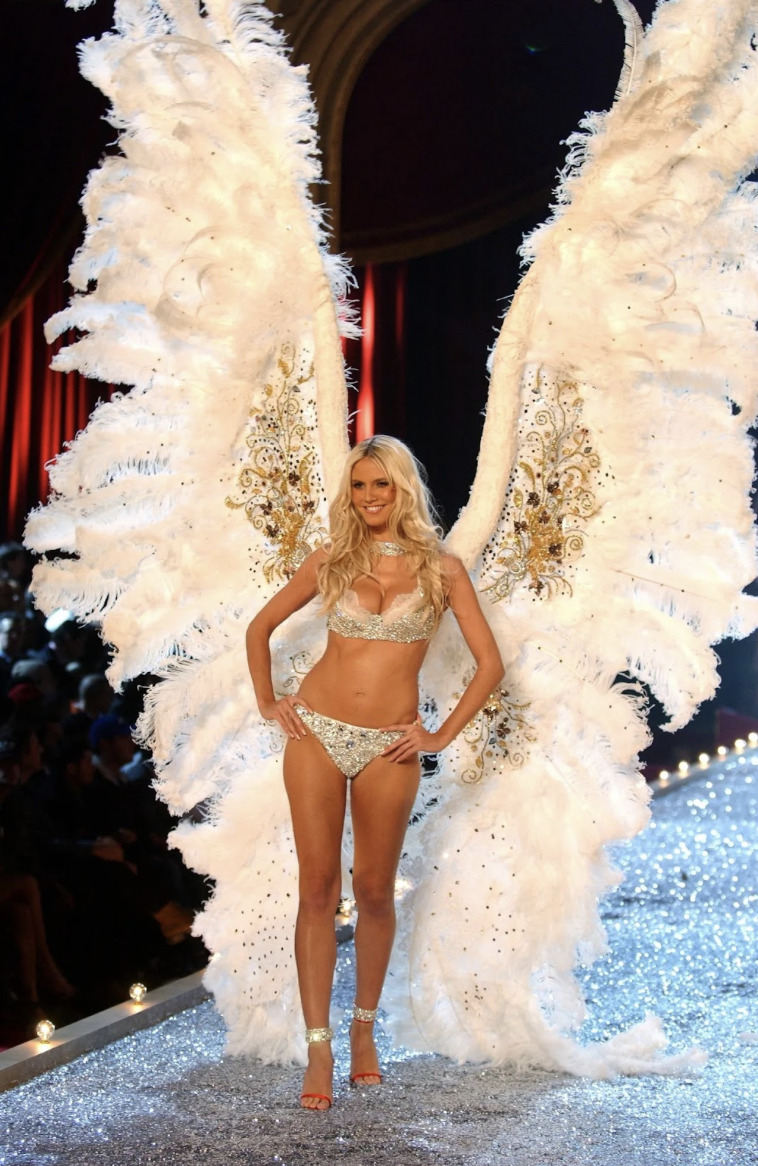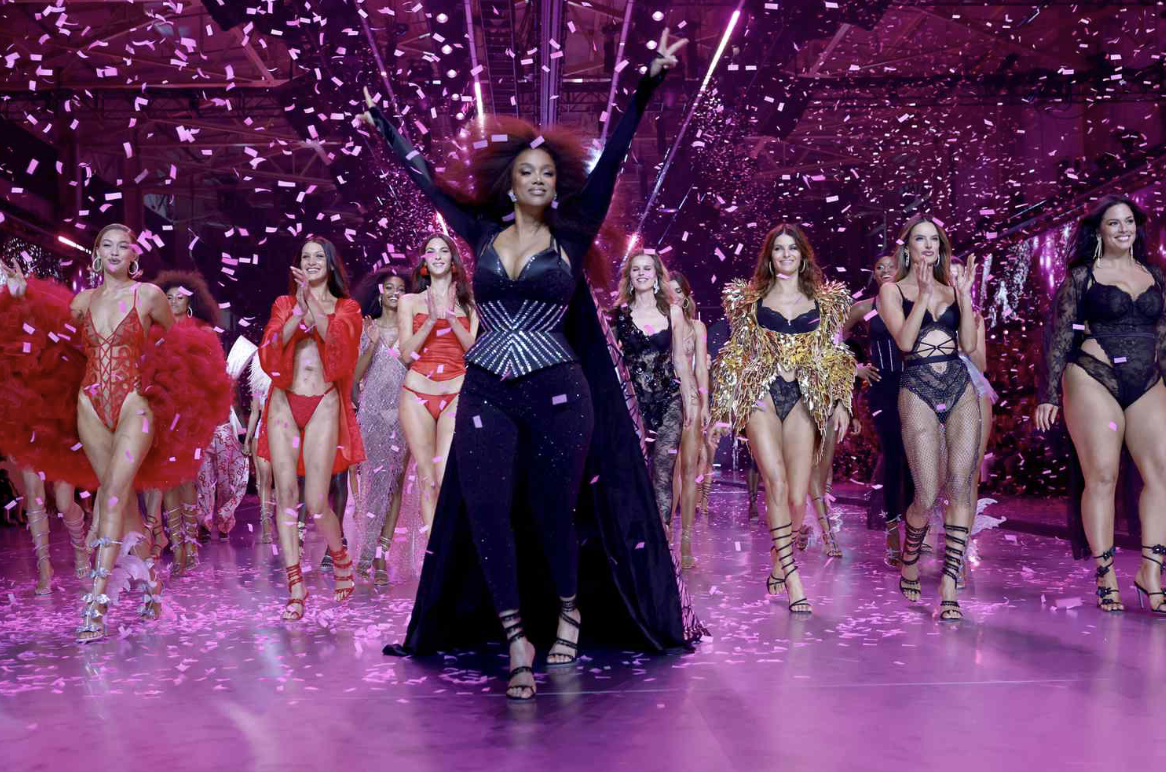The Rise, Fall, and Return: A Look Back at Victoria's Secret Fashion Show
Written by Lola Schectman
The Victoria’s Secret Fashion Show, one of the world’s most iconic fashion events, has transformed the lingerie industry since its 1990s debut. What began as a small-scale event centered around supermodels quickly gained global attention, evolving into a global phenomenon celebrated for its unique lingerie designs, elaborate costumes and themes, and grand performances. Beginning as a small-scale show focusing solely on supermodels, the fashion show quickly grew traction and became a global cultural phenomenon, known for its one-of-a-kind lingerie, glamorous costumes, and grand performances. Over the years, the show has featured supermodels like Tyra Banks and Adriana Lima, and hosted live musical performances with artists such as Ariana Grande, The Weeknd, and Harry Styles. However, the show's portrayal of unrealistic beauty standards caused growing criticism over the years, leading to a re-evaluation of its representation of women, body diversity, and inclusivity.
Throughout the 2000s, the show was known for its glamour, luxury, and creativity, highlighting intricate set designs and themed costumes. The most notable part of the show are the infamous angel wings. These wings ranged from delicate and feathered to elaborate and wired structures. These wings became not only a symbol of beauty but of creativity, showcasing the brand’s ability to merge fashion with fantasy. Models wearing the largest and most detailed wings were often seen as the stars of the show, like Heidi Klum's memorable 2003 wings, which spanned over seven feet tall.
Despite the show's success, Victoria’s Secret faced backlash due to their lack of diversity and inclusivity within the shows. Many felt as if Victoria’s Secret was setting unrealistic beauty standards, as the “ideal” body was portrayed as a 5 '9, 110-pound woman. So, in 2019, the brand decided to cancel the infamous show. Many believed that the cancellation marked the end of an era and that Victoria's Secret had failed to evolve with the times.
In 2023, the brand attempted a revival with a more inclusive approach by launching a fashion show on Amazon Prime Video called “Victoria’s Secret World Tour.” This show featured a diverse array of models, straying from the traditional show format. With different segments showcasing various cultures and styles, the World Tour received praise for its attempt to embrace a broader definition of beauty. However, it still faced criticism for its ‘documentary style’ format rather than the in-person fashion show format.
After a four-year hiatus, Victoria’s Secret decided to bring the show back to the stage in 2024. This show, featuring big names like supermodels Bella and Gigi Hadid, Tyra Banks, Adriana Lima, and performers Cher, Tyla, and K-pop star Lisa, sparked mixed reactions. While the show tried to retain its classic appeal, many fans expressed disappointment online, stating that the costumes felt cheap, the models looked bored, and the lack of "wow factor" from previous shows. One critic even took to X stating, “no blowing fans, no bombshell curls, no glittery pink lipgloss and shimmery makeup, no strutting, barely any energy to feed off from the models, NO FANTASY BRA, barely any cute wings, not enough cute sets, stage construction looked last minute, short, october??#VSFashionShow2024”. Other critics pointed out that the craftsmanship and innovative designs that once set the show apart seemed to be missing, making many question the brand's commitment to quality and creativity.
Victoria's Secret continues to face the challenge of adapting to an industry that now prioritizes authenticity, body positivity, and inclusivity. While the wings still hold a nostalgic appeal, the brand’s future success will rely on its ability to align with modern values while still maintaining the glamorous appeal that once made the show so iconic.
Edited By Hana Razvi, Katherine Rubinstein, Mia Quigley, Olivia Daly & Sophie Wilmerding




